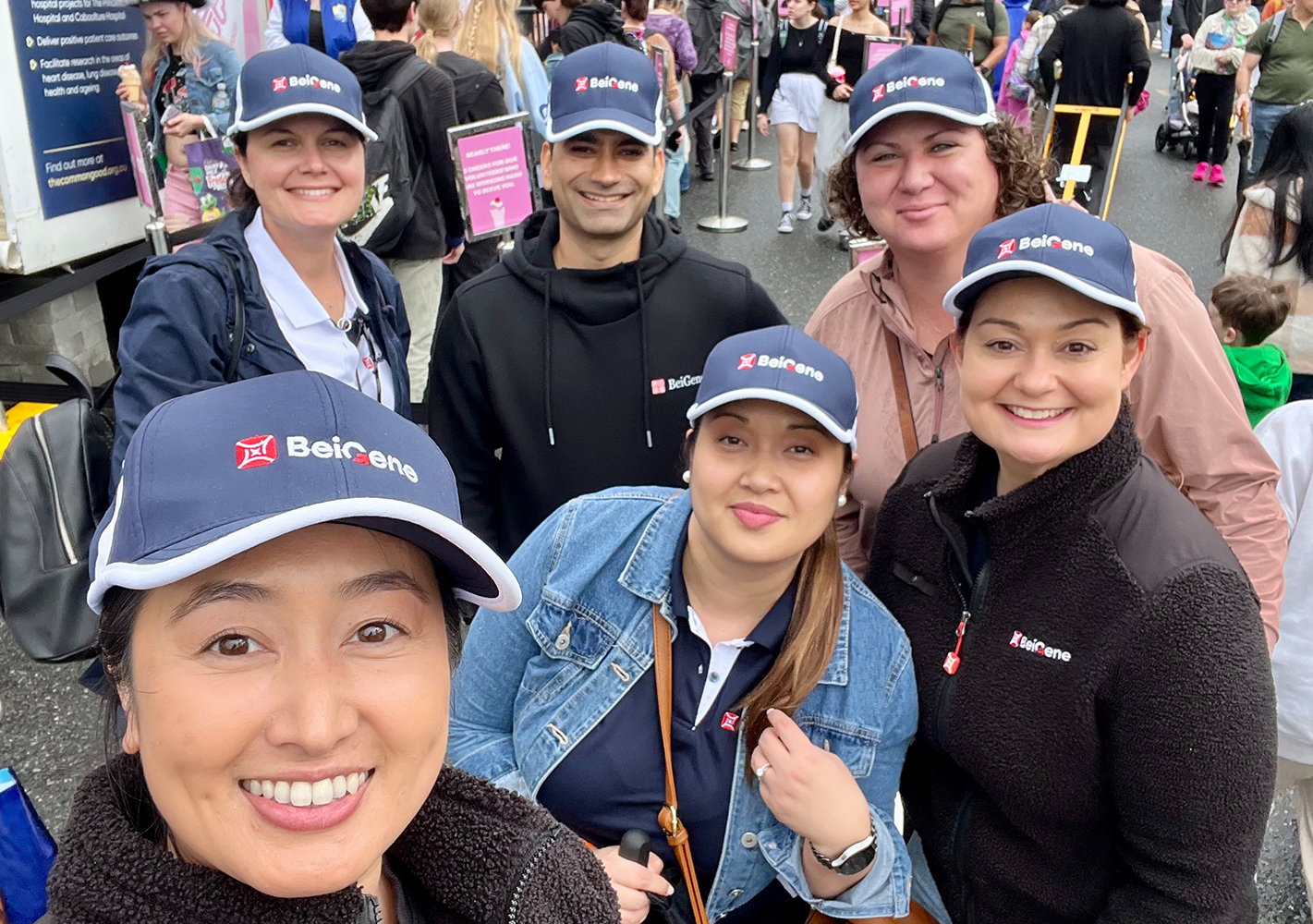Approved in more than 60 countries and regions, BRUKINSA® (zanubrutinib) is a leading example of BeiGene’s mission to transcend borders.
We had the opportunity to speak to Dr. Zhiwei Wang, BeiGene’s Senior Vice President, Research Head of Chemistry, to discuss BRUKINSA’s development. Dr. Wang joined BeiGene in April 2011 and has been part of the BRUKINSA program since its inception.

What was the starting point for the development of Zanubrutinib?
Zhiwei Wang: First, identification of a target. In 2012 when the first-generation BTK inhibitor (BTKi) entered Phase 3 study, we did some research and believed we had an opportunity to develop an inhibitor with more specific inhibition against the BTK target. The BTK target plays a key role in B-cell lymphoma. Overactive BTK allows B-cell lymphoma cells to grow rapidly, so our job is to figure out how to inhibit the BTK target. The BTK inhibitor can inhibit the function of the BTK protein by specifically binding to the BTK target, and further inhibit lymphoma cell growth. The molecule Zanubrutinib, internally designated as BGB-3111, is the 3111th compound discovered by the BeiGene chemistry research team after many screenings. But a successful drug screening was just a beginning. It was followed by a series of validations including animal studies before the formal initiation of the first-in-human clinical study in 2014. A drug will not go to market and benefit patients until its efficacy and safety has been validated by multiple clinical trials. The process of developing a new drug is extremely difficult. It is often said that it takes $1 billion and 10 years to develop a new drug. But how many decades does a scientist have in their whole career? It took us more than 7 years for Zanubrutinib to be approved, which is relatively fast. We are thrilled to make a new drug within such a short time that really brings clinical benefit to patients.
Why develop BTK inhibitors considering the existing treatment landscape in 2012?
Zhiwei Wang: At BeiGene, our co-founder Xiaodong Wang always tells us that we must build differentiation points into our programs and our programs must show best-in-class potential. This is also an important criterion for our internal team to decide whether or not to begin a program. When the data on first-generation BTKis was revealed in 2012, we thought that both its selectivity and absorption could be improved: the higher the selectivity, the less potential side effects of the drug; the better the absorption, the higher exposure of drug that could be reached in the body, and thus greater efficacy. So, at that time, we saw an opportunity in this field. We started with these two aspects to make breakthroughs. When designing the molecule, we mainly considered how to make it more three-dimensional and flexible so that the solubility and permeability could be better. BGB-3111 stood out from all the selected compounds, showing the best selectivity and the highest in vivo exposure, which may translate into better drug efficacy and safety. So, it was finally advanced into clinic.
There must have been countless failures during the R&D process. Could you share an experience?
Zhiwei Wang: The Zanubrutinib (BGB-3111) program began in June 2012 and was approved in the United States in November 2019, spanning more than 7 years. The laboratory screening involves innumerable compounds synthesized, but most of them will ultimately be abandoned. So, the failure rate is actually very high. Each potential compound has to go through many tests and trials before it becomes a drug. For example, we’d been trying to find a way to crystallize the compound. Although we resorted to contract research organizations (CROs), none of them found a solution. In the end, it was our own chemists who found the crystallization conditions and made the crystals. In this way, the compound 3111 cleared another hurdle. This process may sound interesting, but in fact everyone in the lab was anxious, starting each day thinking about how to make crystals. Everyone was under a lot of pressure, but fortunately, we did not give up. We tried despite others’ failure. With the aim in mind, no difficulty could stop us. That was how we were thinking.
Which moment touched you most after Zanubrutinib was successfully developed?
Zhiwei Wang: When its first clinical trial was initiated in Australia in 2014, a doctor showed us a photo. It touched me so much that I was even more thrilled than I was when Zanubrutinib was approved by the FDA. In the photo, two patients with gray hair and beards wore homemade t-shirts they had made to celebrate the results of their treatment with BGB-3111. They both look very happy. It was the moment that I had been truly waiting for since I got my Ph.D.






